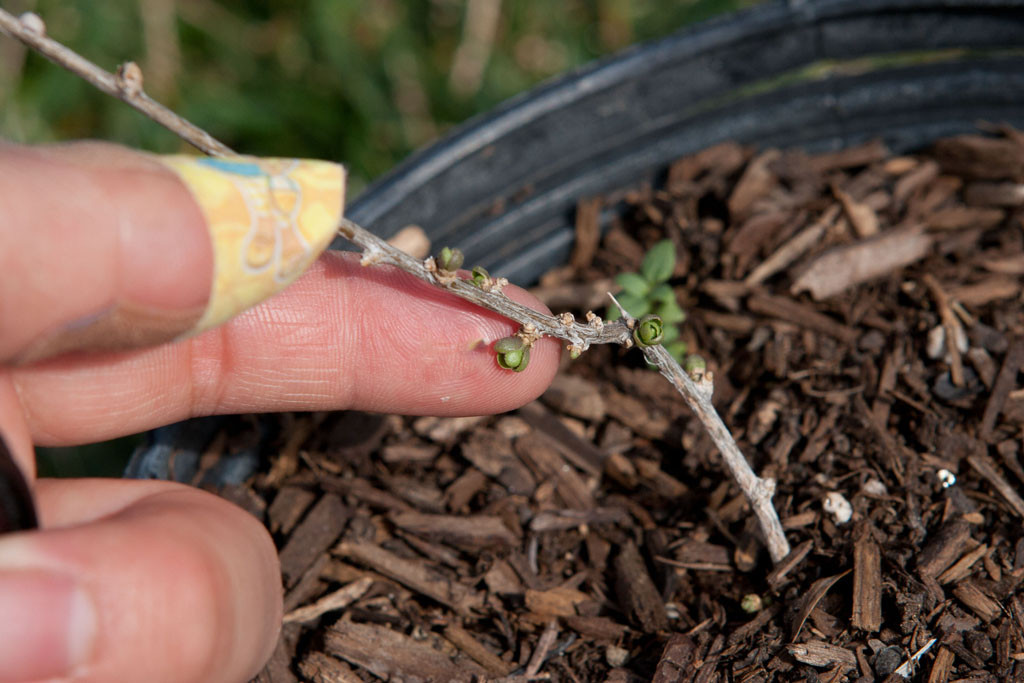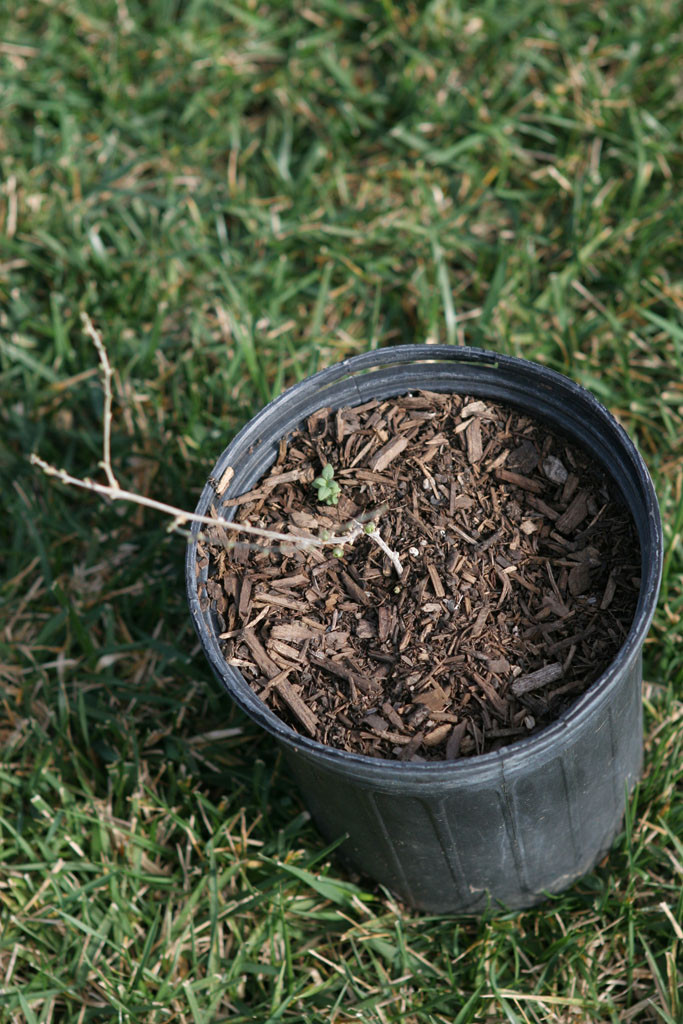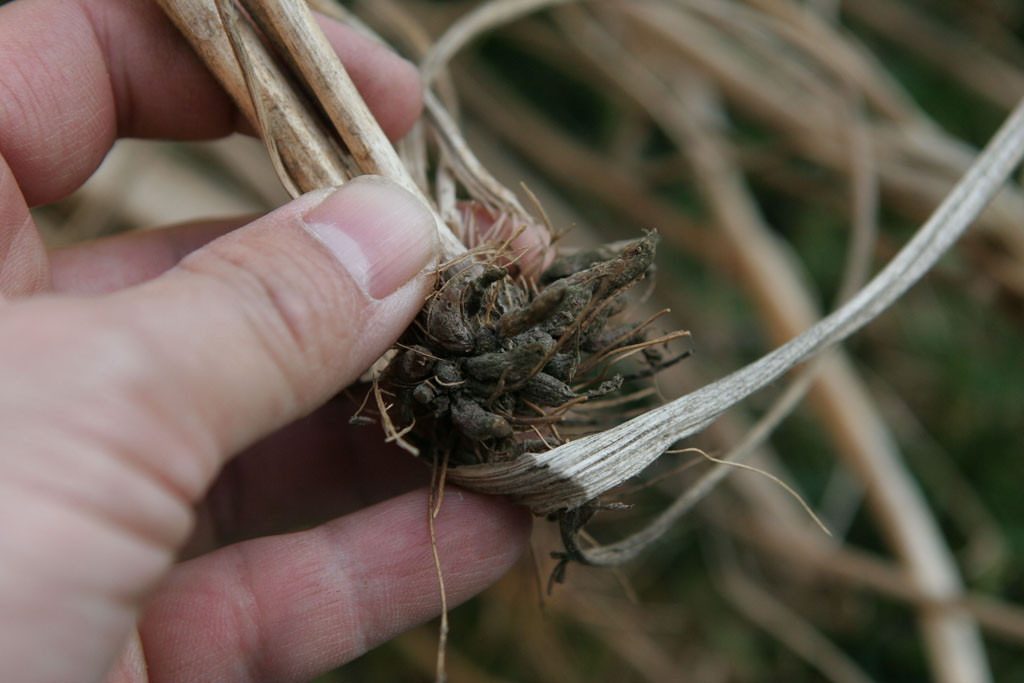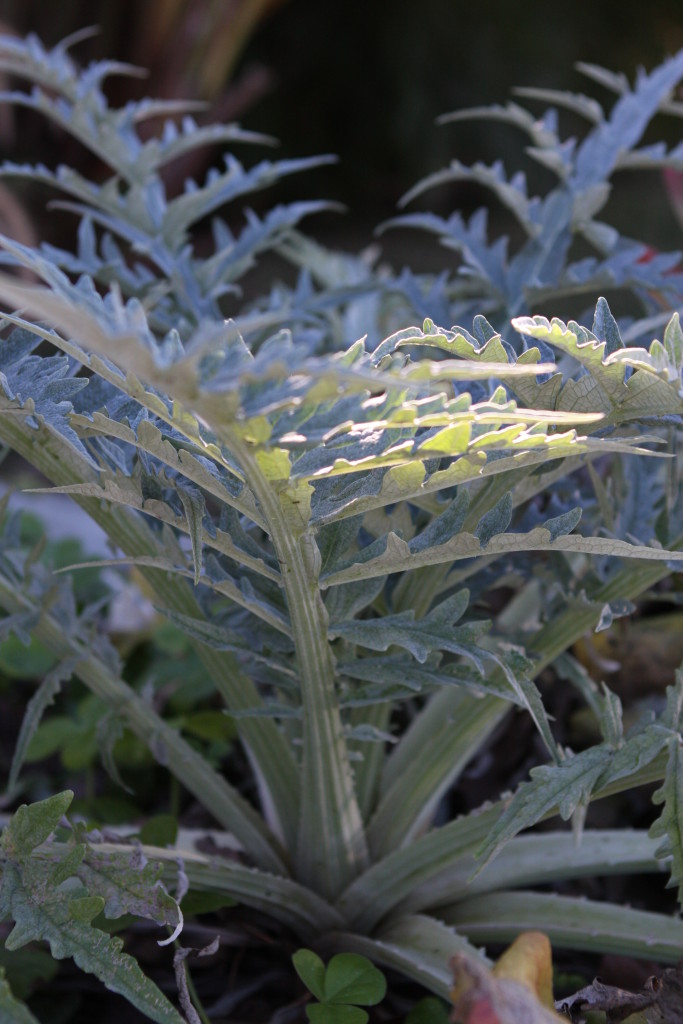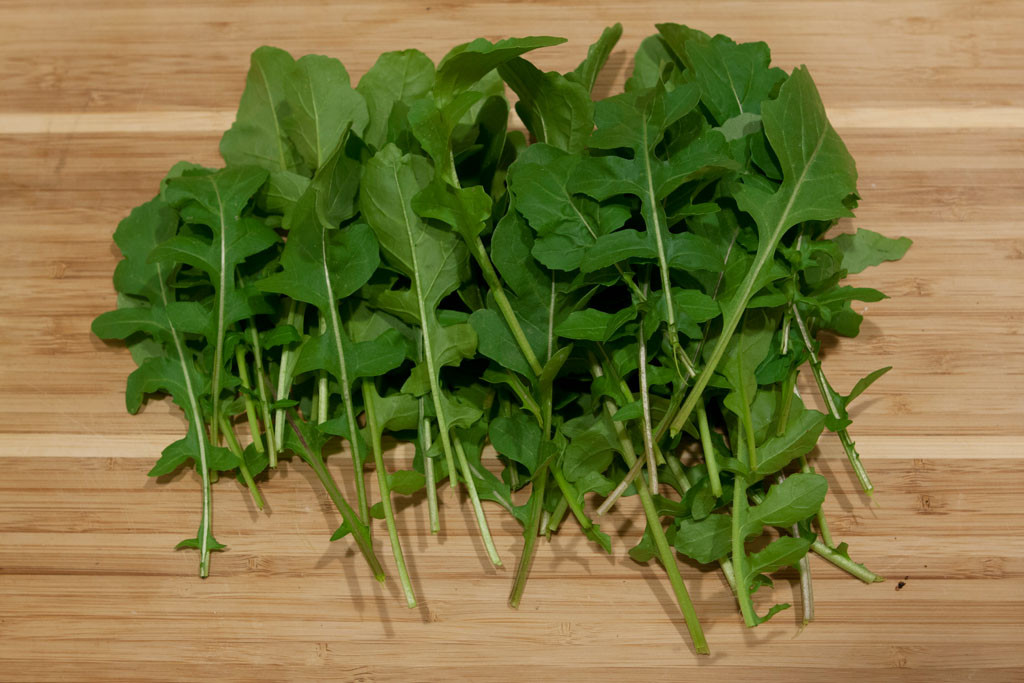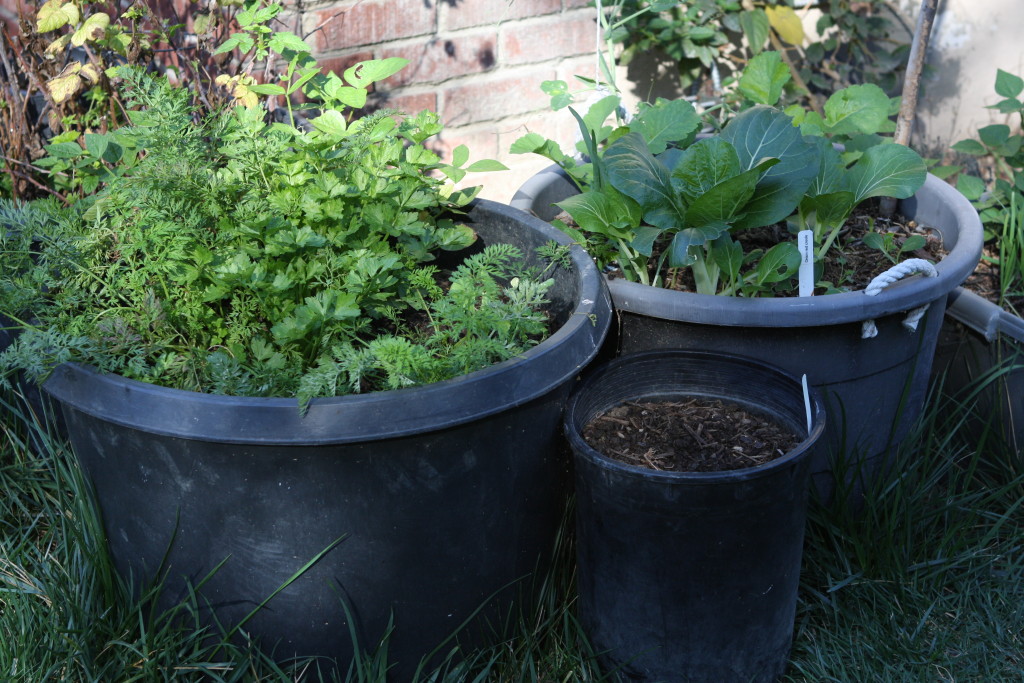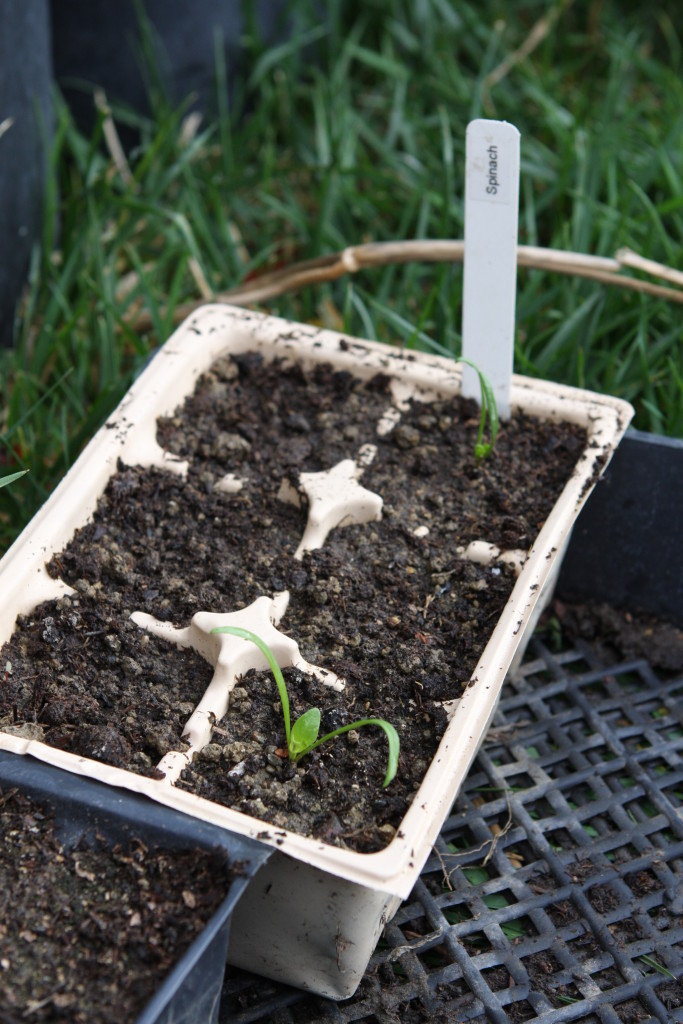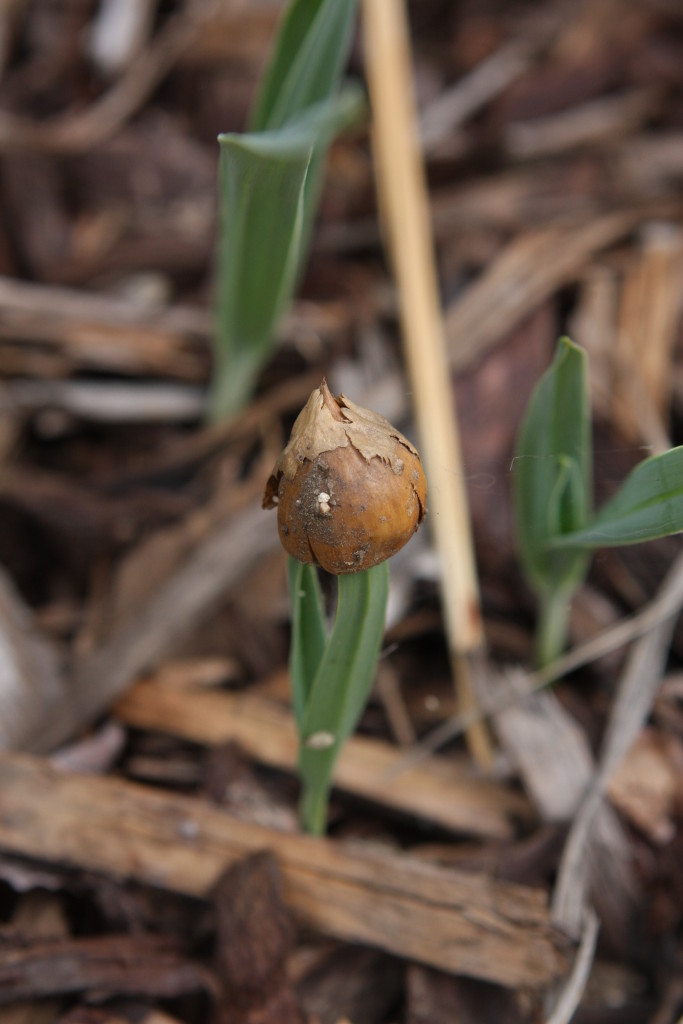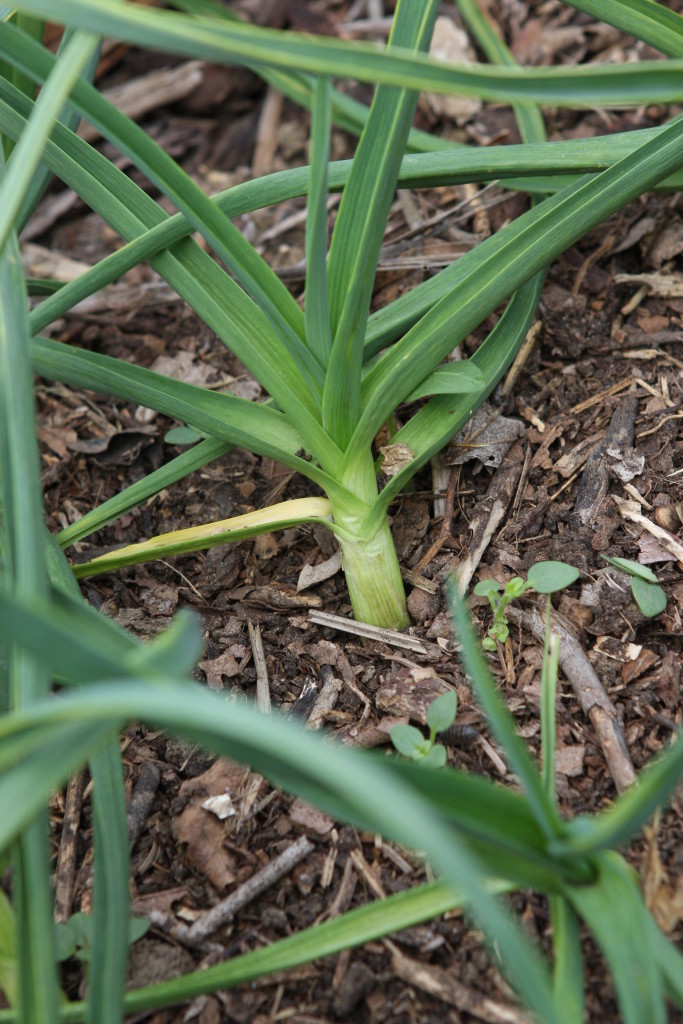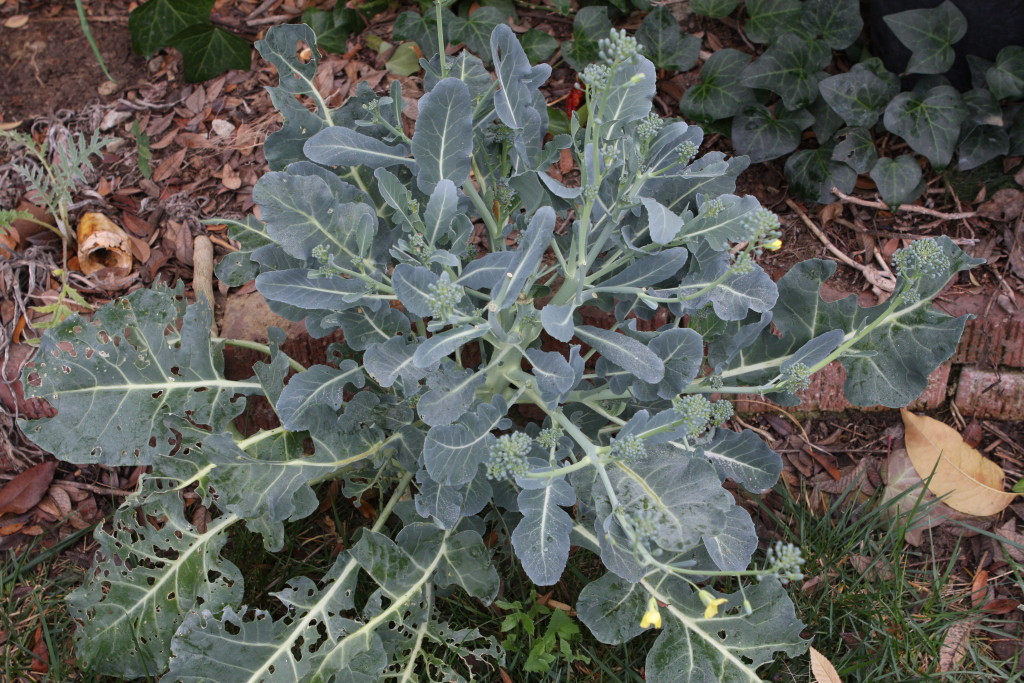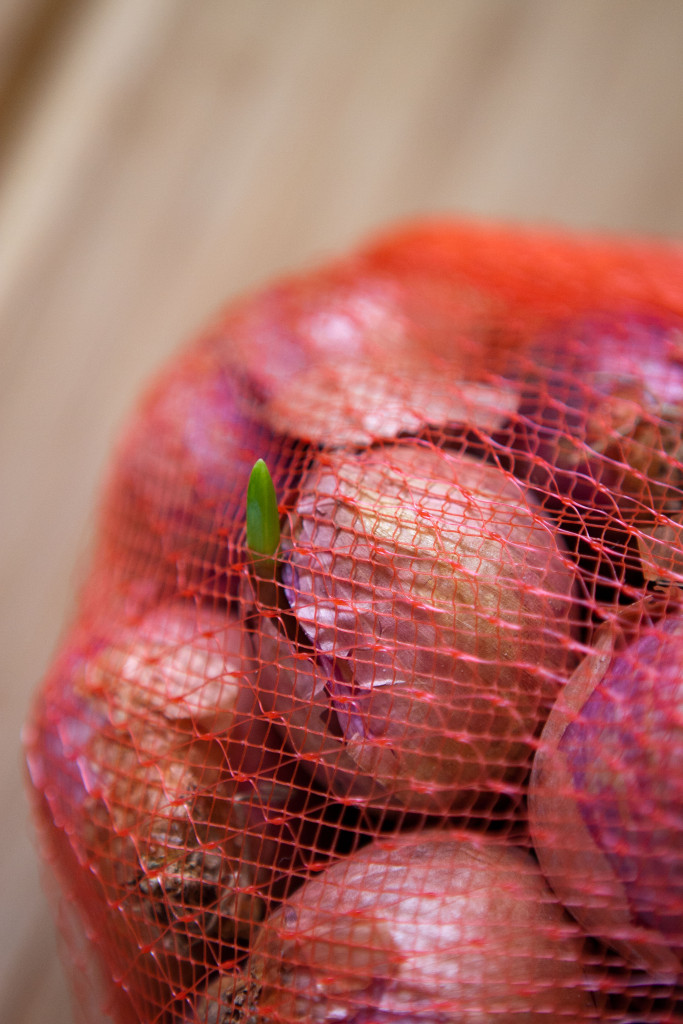January 2015 garden tour


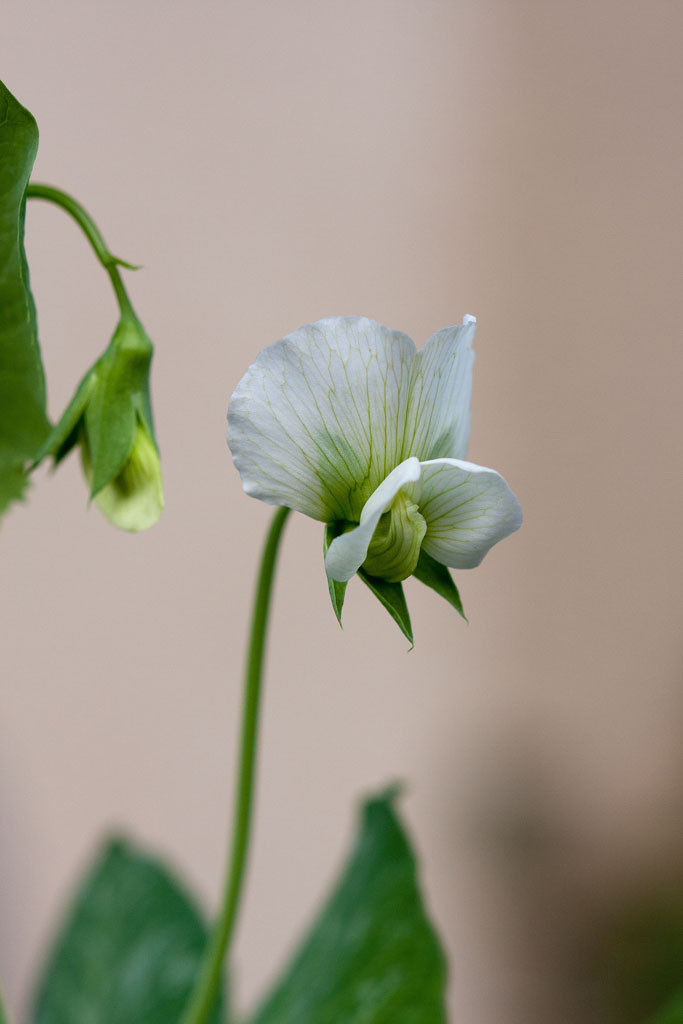
Heirloom snow pea (Pisum sativum) called, “Mammoth Melting Sugar Pea”

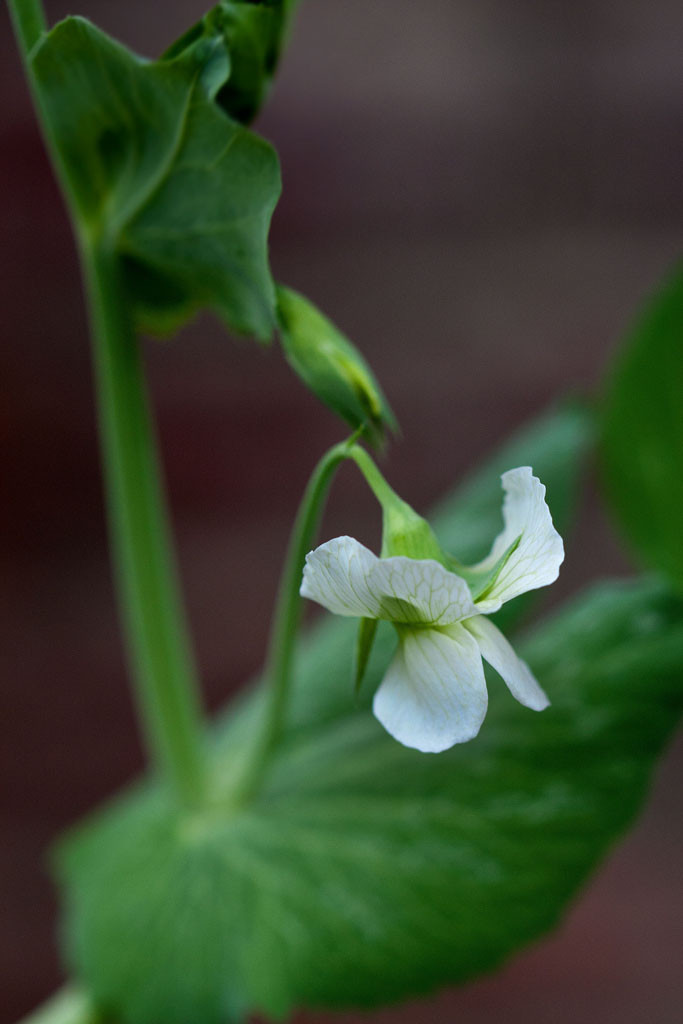

Ready for harvesting and thinning out.

gai lan (Brassica oleracea).
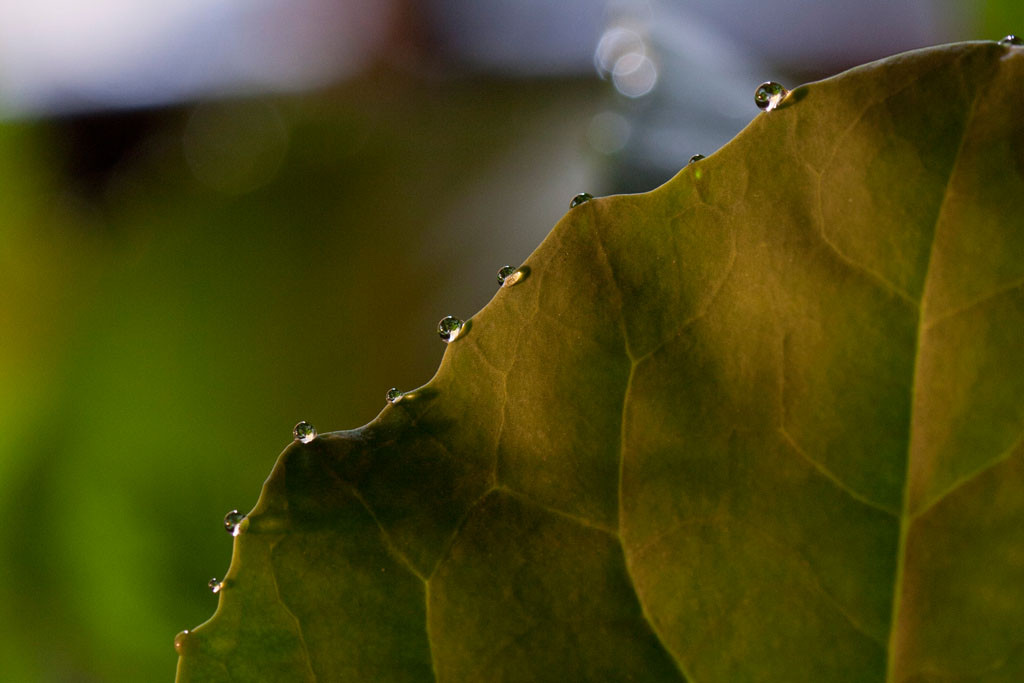
gai lan (Brassica oleracea).


Last year, I was able to nurse them to a good size– about an inch tall. Then one day to my horror, I found all ten or so of them chomped down to soil level by a single catepillar.
Furious and devasted, I swiftly dealt with the problem and held out little hope that the plant would grow back. Grow back it did.
I have two plants that have leaves about 6 inches long. Now that we’re in the clear, it is a waiting game.

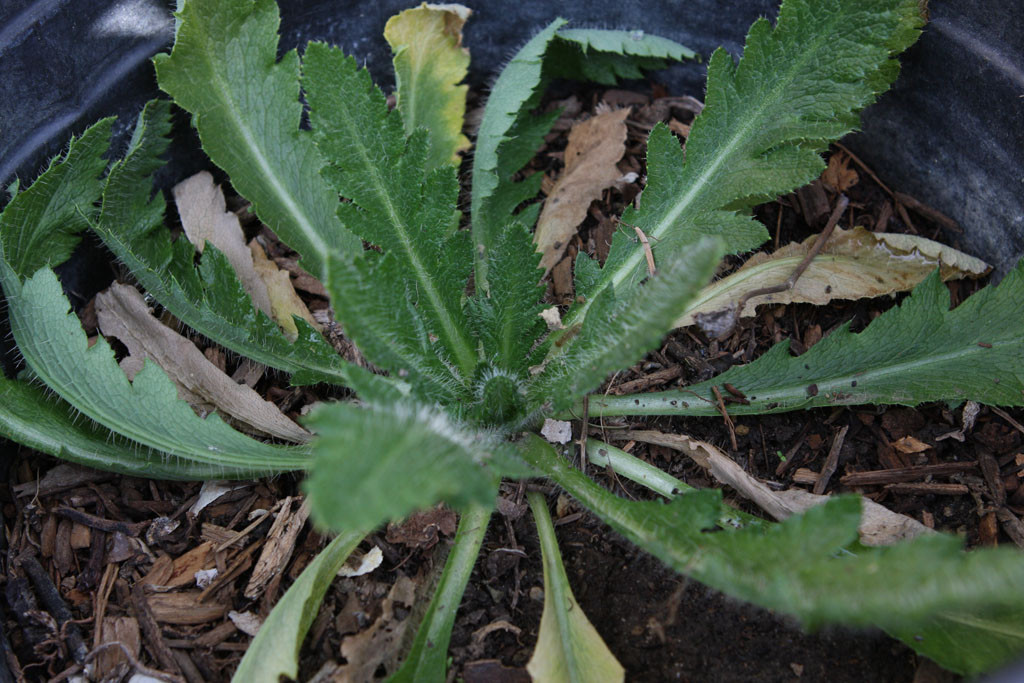






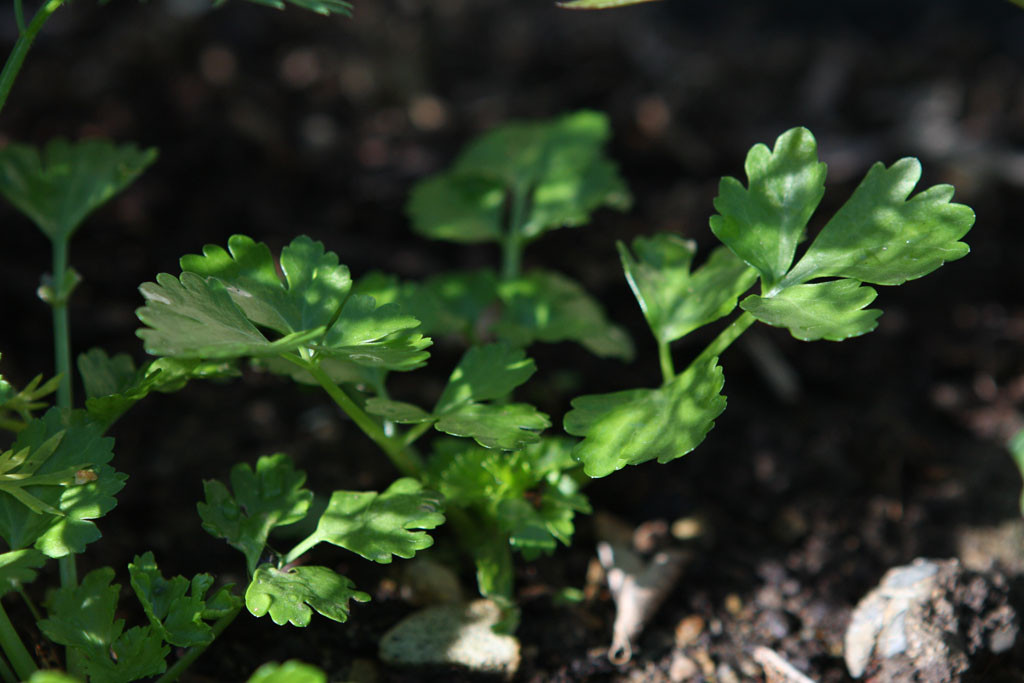

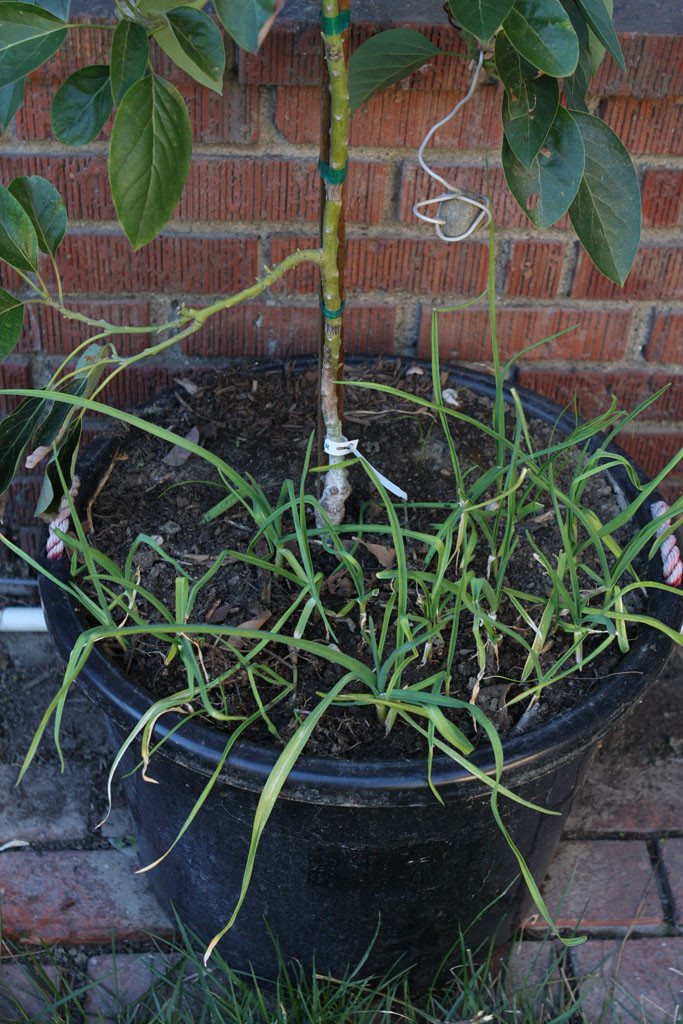
I dont know what variety it is other than that it is a softneck.

http://aggie-horticulture.tamu.edu/earthkind/landscape/air-layering/
This year, I hope to see more leaves on it. With the leaves, I use it for green curry.
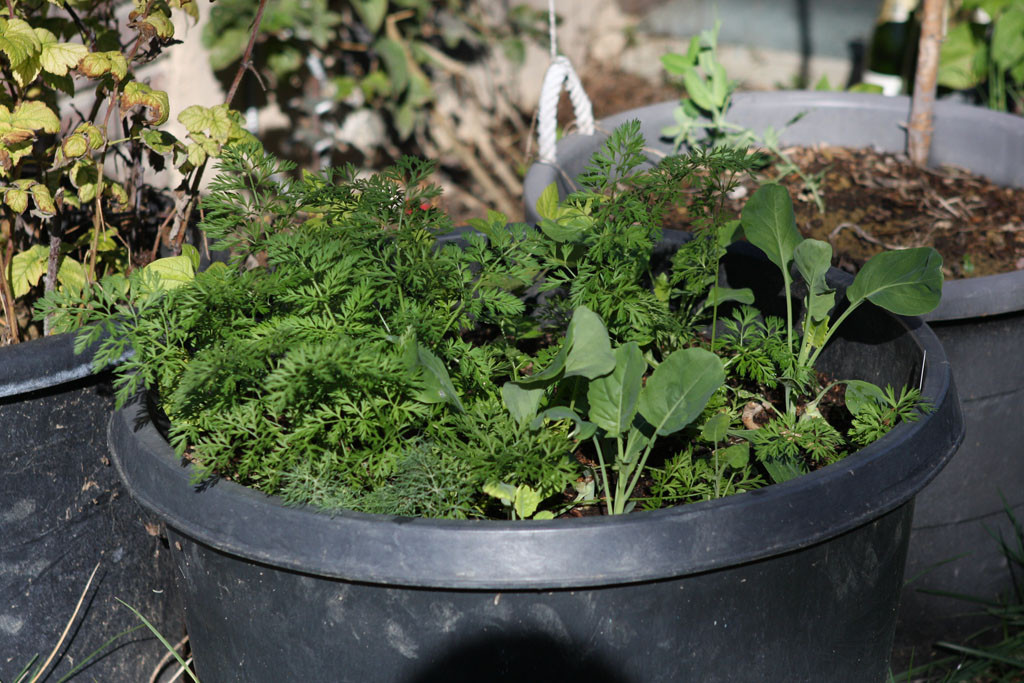

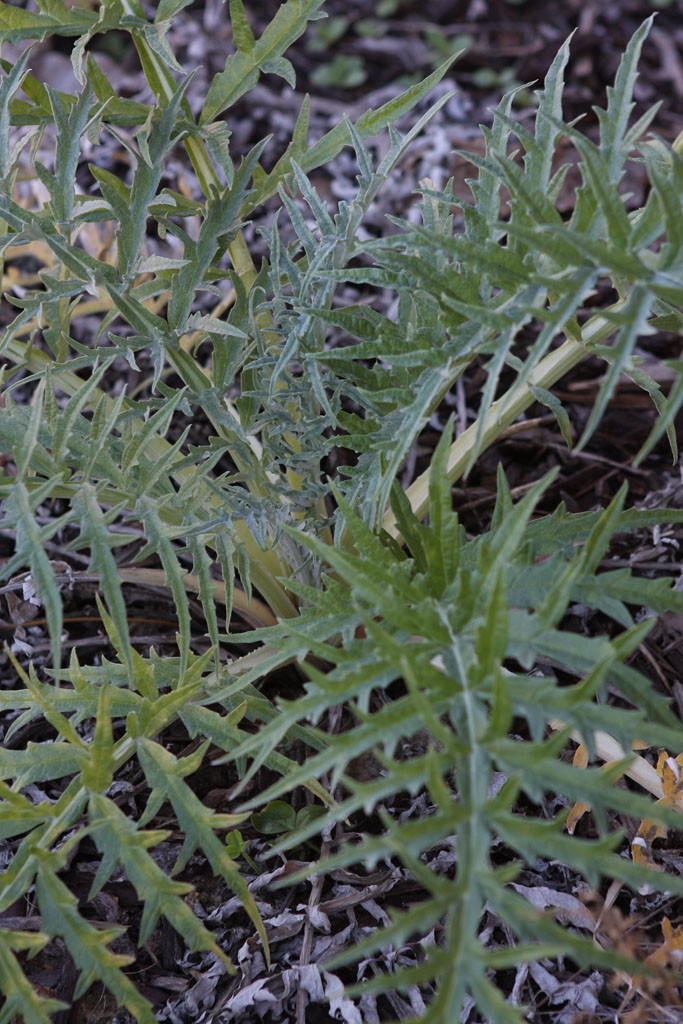
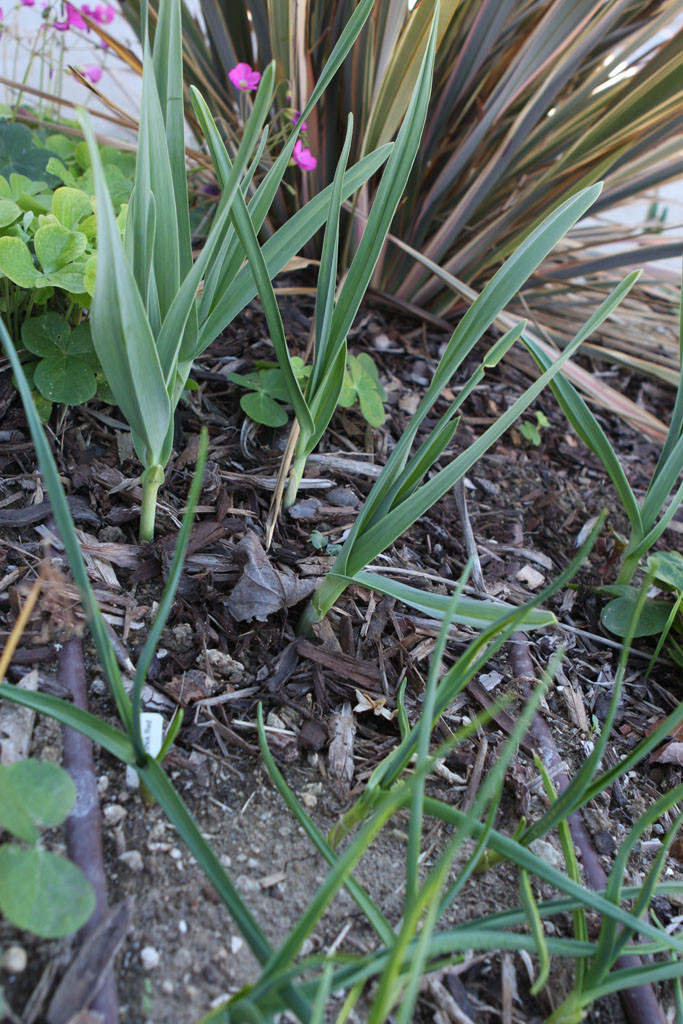


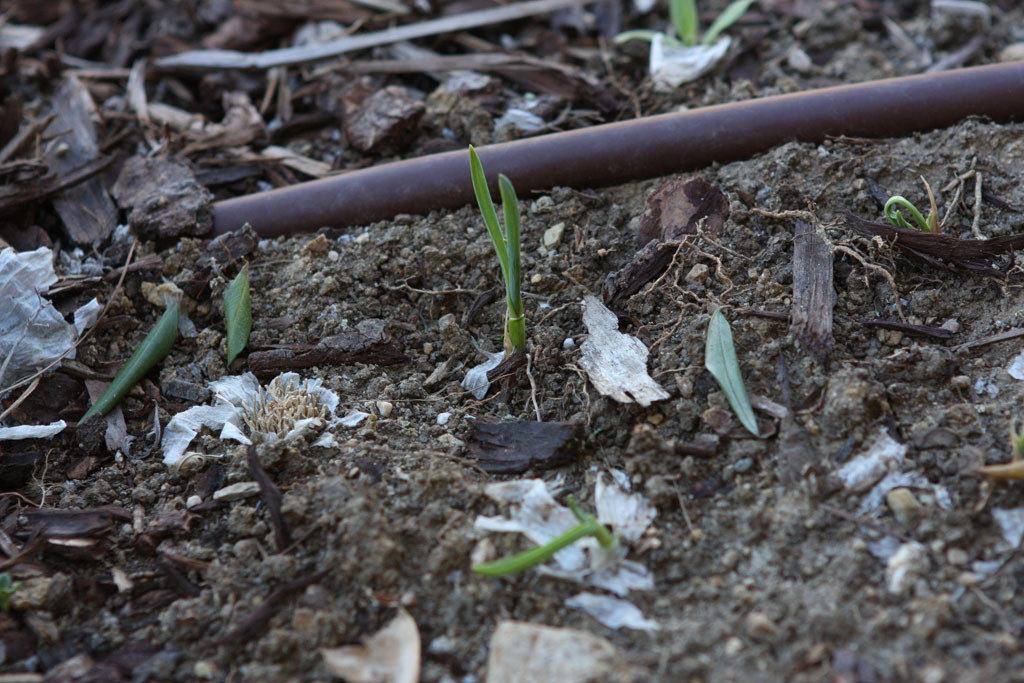



I dont know what variety it is other than that it is a softneck.

‘Sunshine’ blueberry
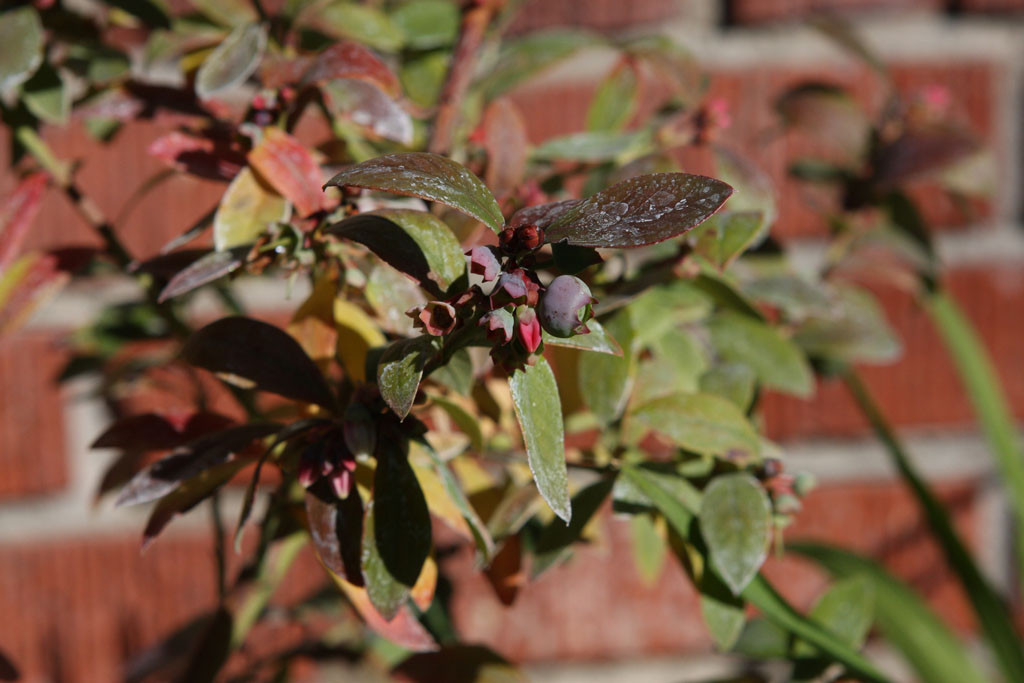
‘Sunshine’ blueberry


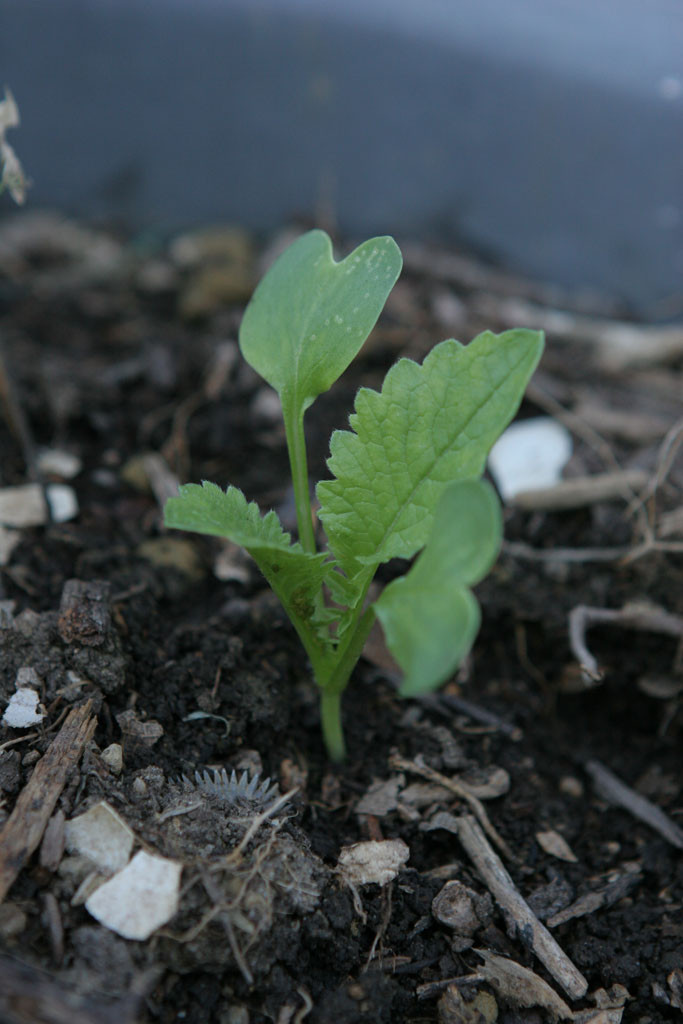

The leaves have green from a rust color.


Ready for making a Bollini’s Pizzeria Napolitana, Monterey Park arugula salad: roasted chicken, bacon, goat cheese, corn, & arugula.

If I can get any of these tea seeds to germinate, I will have to wait three years before I can start making my own tea.
